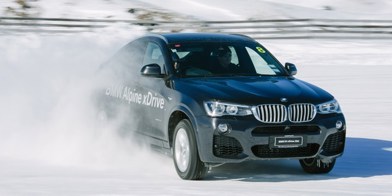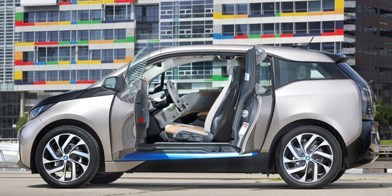While SUVs dominate our new-vehicle market, Hyundai New Zealand is confident its all-new i30 hatchback has the looks and technology to win customers.
Hyundai NZ is introducing three variants of the i30 five-door hatchback to the local market with prices starting from $35,990.
The third generation i30 has been developed in Europe and includes a new "waterfall' grille and LED daytime running lights.
Hyundai says with its technology and safety features, the i30 hatchback has been "reinvented for small car passengers".
Just launched into the market are the entry level 2-litre petrol sitting on 16in alloys, plus the 1.6-litre Limited, priced at $43,990 and sitting on 18in alloys.
The 1.6-litre Elite ($39,990) is expected to be launched in the next few weeks. There is no price increase for the three variants over the outgoing models.
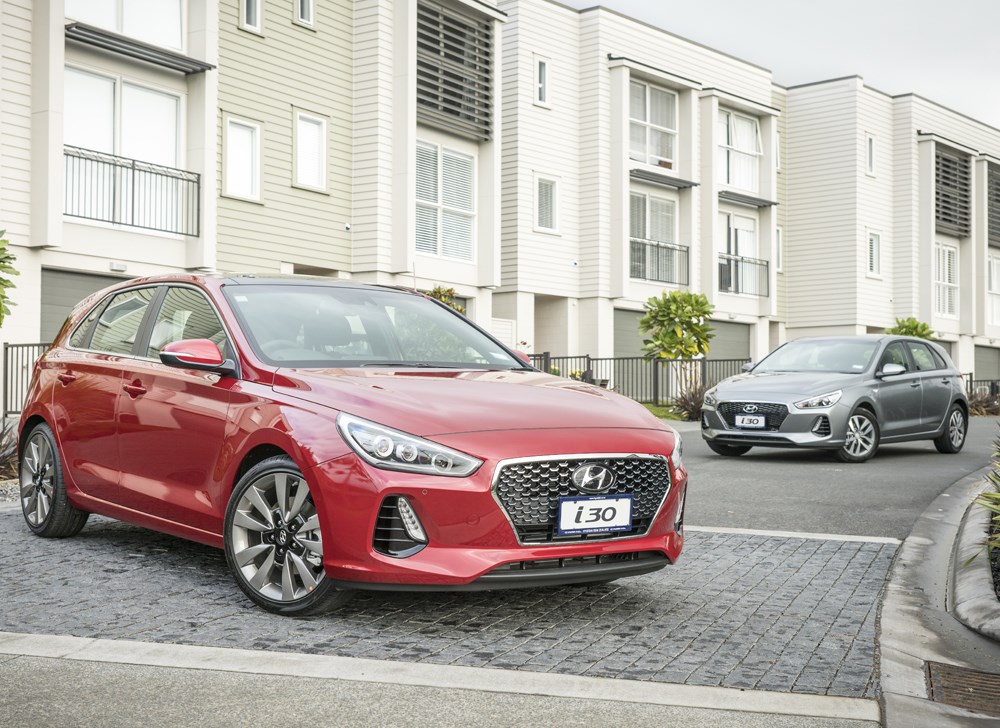
The new i30 has been designed in Europe under Peter Schreyer, who revitalised the look of sister brand Kia.
Like the Kia, the new Hyundai i30 focuses on a stunning grille, and while Kia is now famous for the "tiger nose" grille, the Hyundai gets the cascading waterfall grille; and it's striking. Let's hope this flows (yup, pun intended) through to the rest of the Hyundai family.
The i30 also gets the "fluidated sculptured" side panels plus redefined low and high-beam LED lights, while the daytime running lights add a prominent look on the road, setting it apart from other hatches.
The i30 has increased 40mm in length over the outgoing hatch, with an increase of 15mm in width and a decrease in height of 15mm, giving it a more sporty look.
Though it has a 53 per cent increase in advanced high strength steel, the chassis has had a weight reduction of 28 per cent.
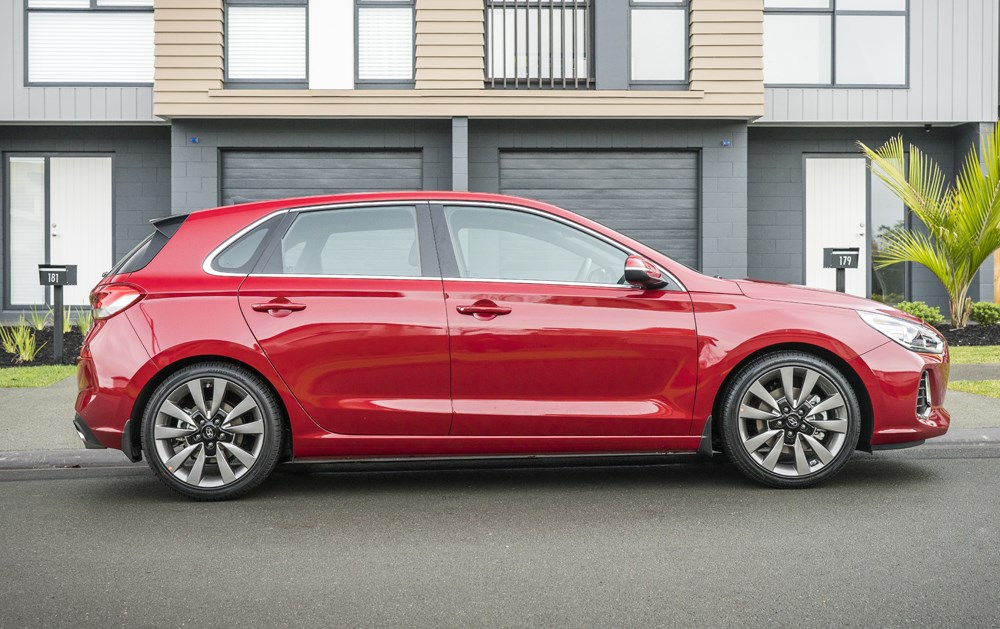
The two engines include the Nu 2-litre GDi petrol, producing 120kW of power and 203Nm of torque, while being paired with a six-speed auto transmission.
The Gamma 1.6-turbo GDi petrol engine in the Limited model has an output of 150kW/265Nm and is paired to a seven-speed double clutch transmission.
Though the styling may be European, it has a downunder touch after the prototype had its suspension calibrated in Australia for our two markets.
This gives a more robust feel needed for our rough bitumen side roads and winding mountain routes.
The media launch started at Hyundai New Zealand's south Auckland headquarters, heading north to Matauri Bay. While most of the driving was at open speed on state highways, north of Whangarei roadworks made the conditions gnarly, so the suspension of my 2-litre i30 had a work-out, though the 16in tyres absorbed most of the input.
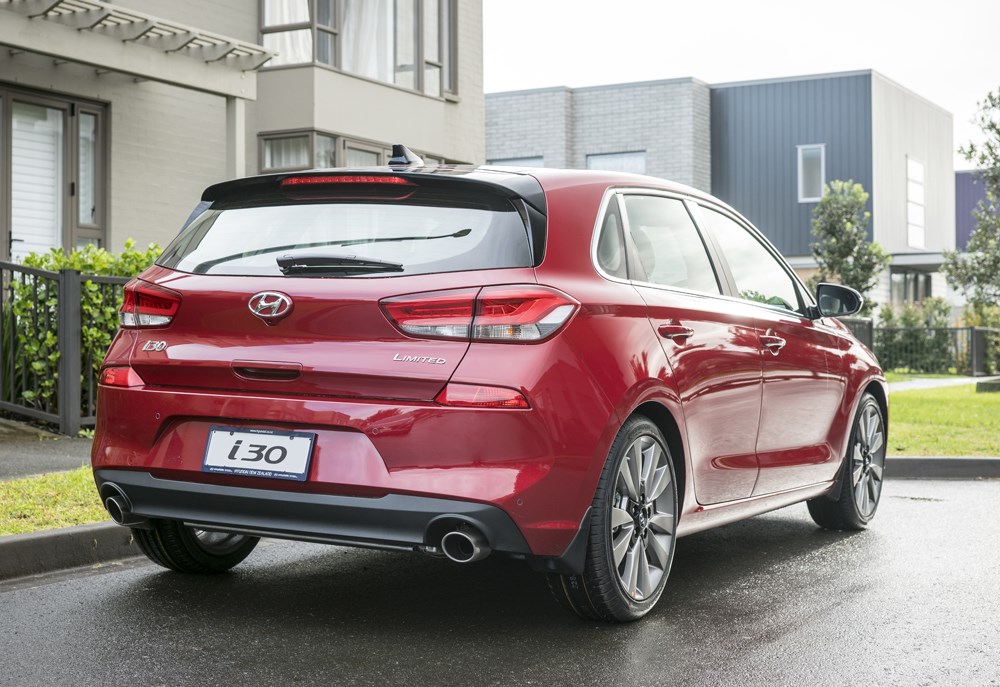
On the next day's drive home, we looped off at Wellsford to Matakana with my Limited having to handle tight turns at speed and winding hilly roads.
On the way back to Auckland I tested the Limited's new driving technology.
The i30 Limited has reinvented safety features as standard including smart cruise control, park assist, blind-spot monitoring and rear cross traffic alert -- all technology that has filtered down from the company's luxury brand, Genesis.
The i30 Limited has a camera fitted in front of the rear-view mirror, plus sensors in the Hyundai logo in the front grille. This helps control the top spec hatchback's smart cruise control and lane-keep assist, with those combinations allowing for Hyundai's semi-autonomous driving.
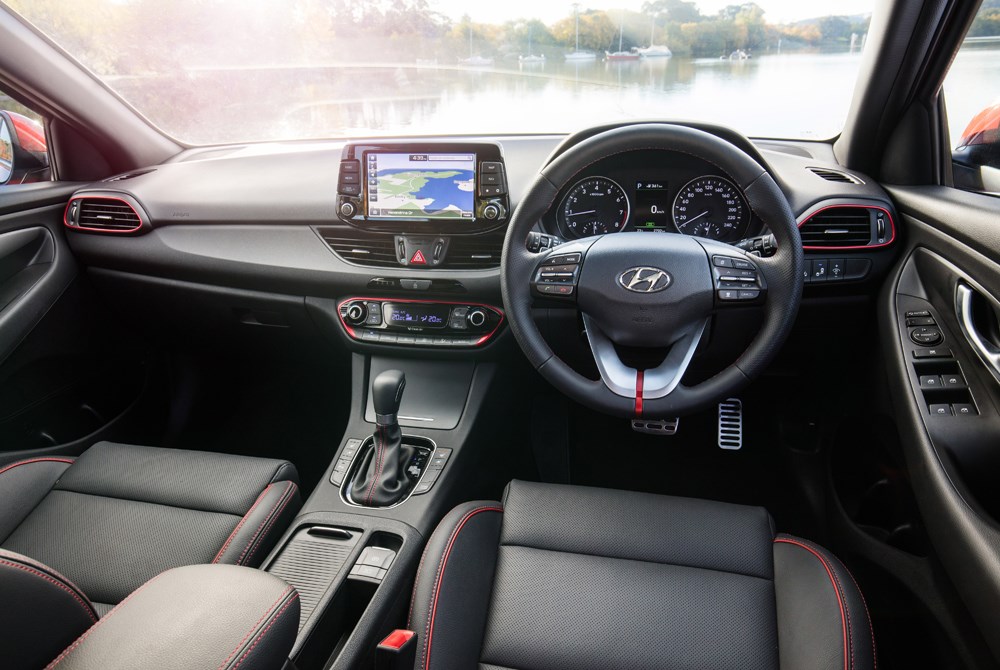
In the handy unit on the steering wheel you can tap in the speed you want to go, and the distance you want between you and the car in front. You then can take your feet off the pedals and be confident the car will increase and decrease speed with the vehicle in front -- plus with lane keep assist, you can drive between the lines with the ability to take your hands off the wheel for up to 20 seconds.
But there is a downside to this technology. The distance between you and the vehicle in front is set at four increments, though Hyundai NZ didn't know the exact distance of each of those. Other car brands suggest the increment was one car length; Hyundai NZ said it was a cricket pitch.
From experience it was more like a half cricket pitch when I set the distance to be one increment between me and the car in front, and I quickly reset it to four after finding myself uncomfortably close to that vehicle on the open road at speeds around 100km/h.








